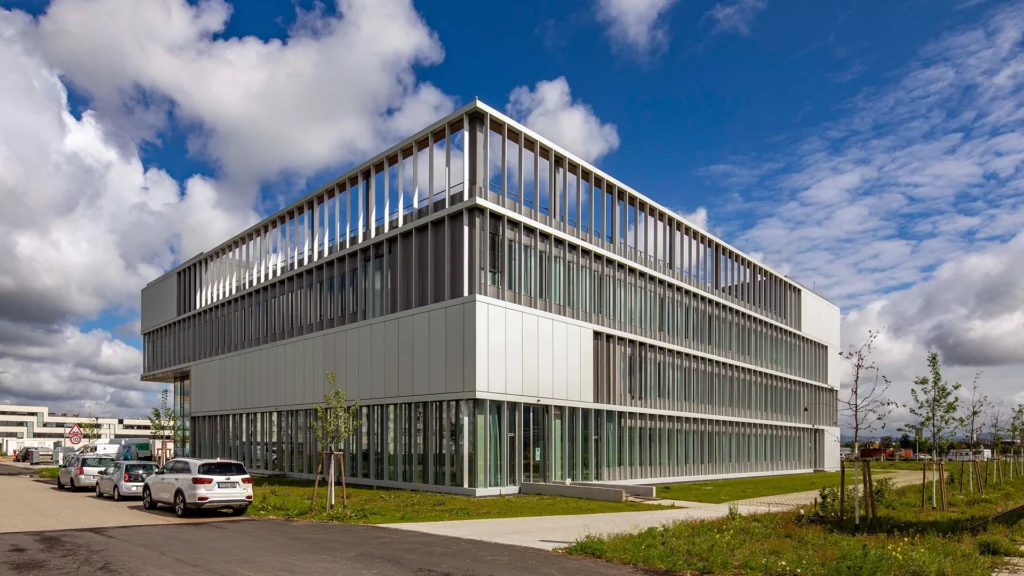
Optophysiology – Optogenetics and Neurophysiology
IMBIT//Intelligent Machine-Brain Interfacing Technology
University of Freiburg
CE and InterCity trains run hourly on the railway line Basel – Freiburg – Offenburg – Karlsruhe – Mannheim – Frankfurt. Take a train to Hauptbahnhof Freiburg. At Hauptbahnhof Freiburg, take the tram or S-Bahn.
By tram: From the Hauptbahnhof (central station), you can take the tram No. 4 (magenta colored) heading for “Messe” alighting at the current terminal station “Technische Fakultät”.
By S-Bahn (suburban train): From the Hauptbahnhof (central station), take the Breisgau-S-Bahn to Breisach. Alight at “FR-Neue Messe/Universität”.
By Bus: From Paduaallee or Gundelfinger Straße take bus line 10 alighting at the station “Technische Fakultät”.
From the A5: Take the autobahn exit “Freiburg Mitte”, towards Freiburg. Leave the B31a at the turn-off marked “Uni-Kliniken”. This will take you onto the Berliner Allee, heading towards the “Messe”. The campus is located on the left, just before the Messe (Trade Fair Hall).
From the city center: Follow the B31a heading out of the city, leaving it at the turn-off marked “Uni-Kliniken”. This will take you onto the Berliner Allee, heading towards the “Messe”. The campus is located on the left, just before the Messe (Trade Fair Hall).
Parking: The Campus of the Faculty of Engineering maintains a central parking lot. Members of the faculty and afiliated persons have to purchase a parking permit or use a special permit for official purposes. External guests are parking for free but have to use a guest parking permit. Please contact the office of the institution you want to visit beforehand to obtain this guest parking permit.

The ability to move is a fundamental feature of most animals which allows them to actively interact with our environment. We are investigating the underlying neural mechanisms and circuits of this ability. We do so with electrophysiological recordings and optogenetic manipulations combined with behavioral analysis in rodents. We look into the local processing of movement preparation and generation in the motor cortex as well as higher order structures, e.g. prefrontal cortex.
The goal is to create a better understanding of how neural subpopulations and pathways within and across brain areas influence motor behavior. In order to address these scientific aims we are constantly working on improving the existing techniques. We currently focus on the design of new optoelectronic probes and targeting strategies. Apart from advancing our basic knowledge about the neural mechanisms of movements, our results might help improving the design of new prosthetic devices and understanding of disorders in which the normal production of movements is disrupted.